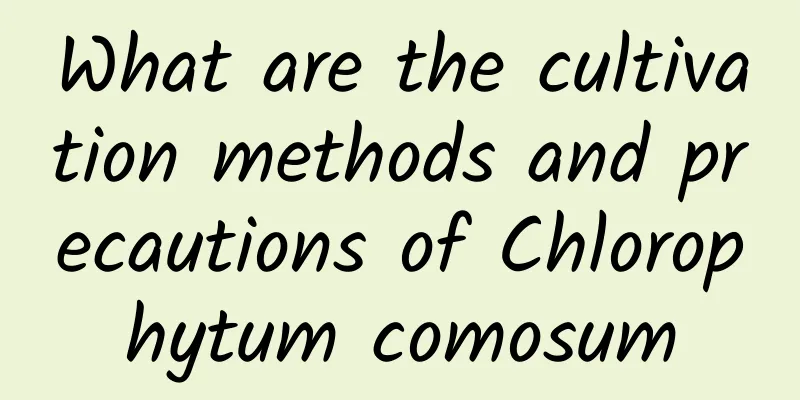Cultivation methods and precautions of Hellebore

How to grow HelleboretemperatureHellebore prefers warmth and is relatively cold-resistant, and can tolerate temperatures as low as -10 degrees in winter. But it should avoid dryness and coldness. It grows well in moist and cool places in winter, and the best temperature for overwintering is 4 to 10 degrees. It is not resistant to high temperatures. During high temperatures in summer, measures such as shading, spraying water on the leaves, and increasing ventilation should be taken to lower the temperature. illuminationHellebore prefers semi-shady environment and avoids exposure to sunlight. Shade is needed in summer to prevent the plants from being burned by the scorching sun. Sufficient light should be maintained in early spring to facilitate flower bud differentiation. If there is no shade in summer, the stems and leaves will be burned and dry. WateringHellebore is not drought-tolerant, so the soil in the pot should be kept moist during its growth period. In the summer when it is not suitable for growth, watering needs to be properly controlled. Water when the soil is dry and do not let the soil in the pot be too dry. FertilizationFertilize hellebore once every half month during the growing season. Top dressing can be done 3 times a year. soilHellebore likes moist, fertile and well-drained soil, especially sandy loam, and avoids poor drainage. Neutral or slightly alkaline soil is best. If the soil is heavy, it needs to be mixed with sawdust, humus organic fertilizer and peat soil before planting. It can be planted in the field or in pots in late spring or autumn, but is usually planted in autumn. Things to note when growing HelleborePest controlHellebore is often attacked by diseases and pests such as wilt, crown rot, black spot, aphids, and slugs. In autumn and early winter, remove old and diseased leaves from the plant to prevent black spot disease in spring. Reproduction methodHellebore can be propagated by sowing and division. The method of division is relatively easy. The disadvantage of sowing propagation is that some species cannot completely inherit the characteristics of their parents, and the germination rate of some seeds is not high. otherPotted hellebore should not be moved frequently to avoid damaging the stems and leaves and causing the flowers to fall. |
<<: Common varieties of strawflower
>>: Common varieties of Bauhinia
Recommend
Begonia growth conditions and characteristics
Begonia flower growth conditions Begonias are gen...
How to fertilize the iron tree? What fertilizer is best?
Dracaena, also known as Cycas, is an evergreen pl...
How to prune and propagate the fairy finger
1. How to trim the fairy finger 1. Pruning before...
Camellia cultivation methods and precautions
1. Soil Potting soil is important to the growth o...
Planting and management of forsythia trees, when to fertilize
1. Planting method 1. Site selection and land pre...
What is the reason for the yellow leaves of Kalanchoe?
1. Metabolism Reason: When the Kalanchoe grows an...
The growing environment and local conditions of Polygonum multiflorum
Polygonum multiflorum growth environment and cond...
What is the correct way to water? These little tips will help your flowers grow better!
Drying reason: There is chlorine in tap water, wh...
When to plant cosmos
1. Sowing time The best time to sow cosmos is fro...
How to cultivate the Dancing Yale
1. Ensure lighting It is suitable for growing in ...
How to trim lilies to look good
When is the right time to prune lilies? The best ...
Common maintenance issues of Dieffenbachia
Common maintenance issues of Dieffenbachia Varieg...
Balcony placement and maintenance of petunias in four seasons
Spring placement and care of petunias In spring, ...
Why can't we grow Milan flowers at home? Can we grow them indoors?
Milan can be grown at home. If grown indoors, the...
How to grow cloud bamboo and precautions
Growing conditions of cloud bamboo Cloud bamboo l...









